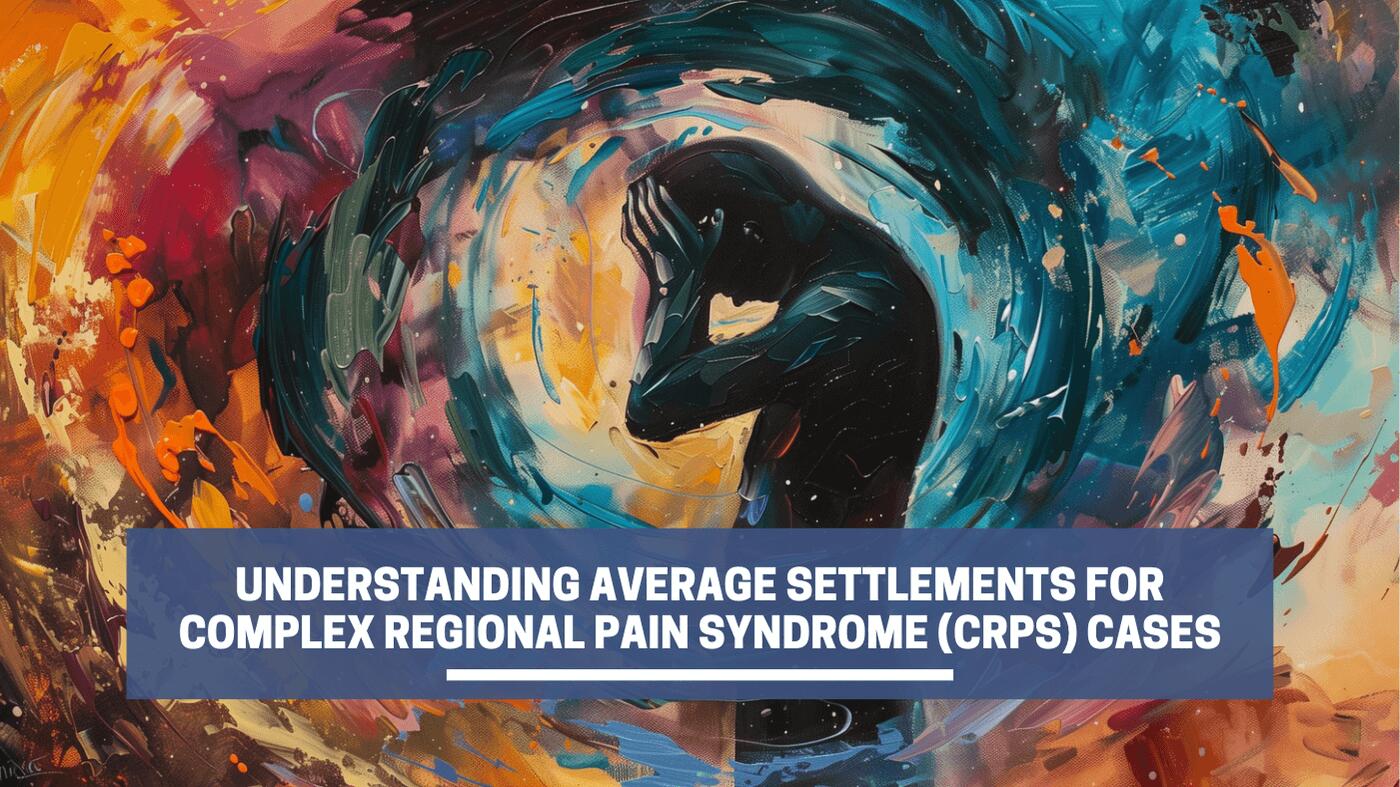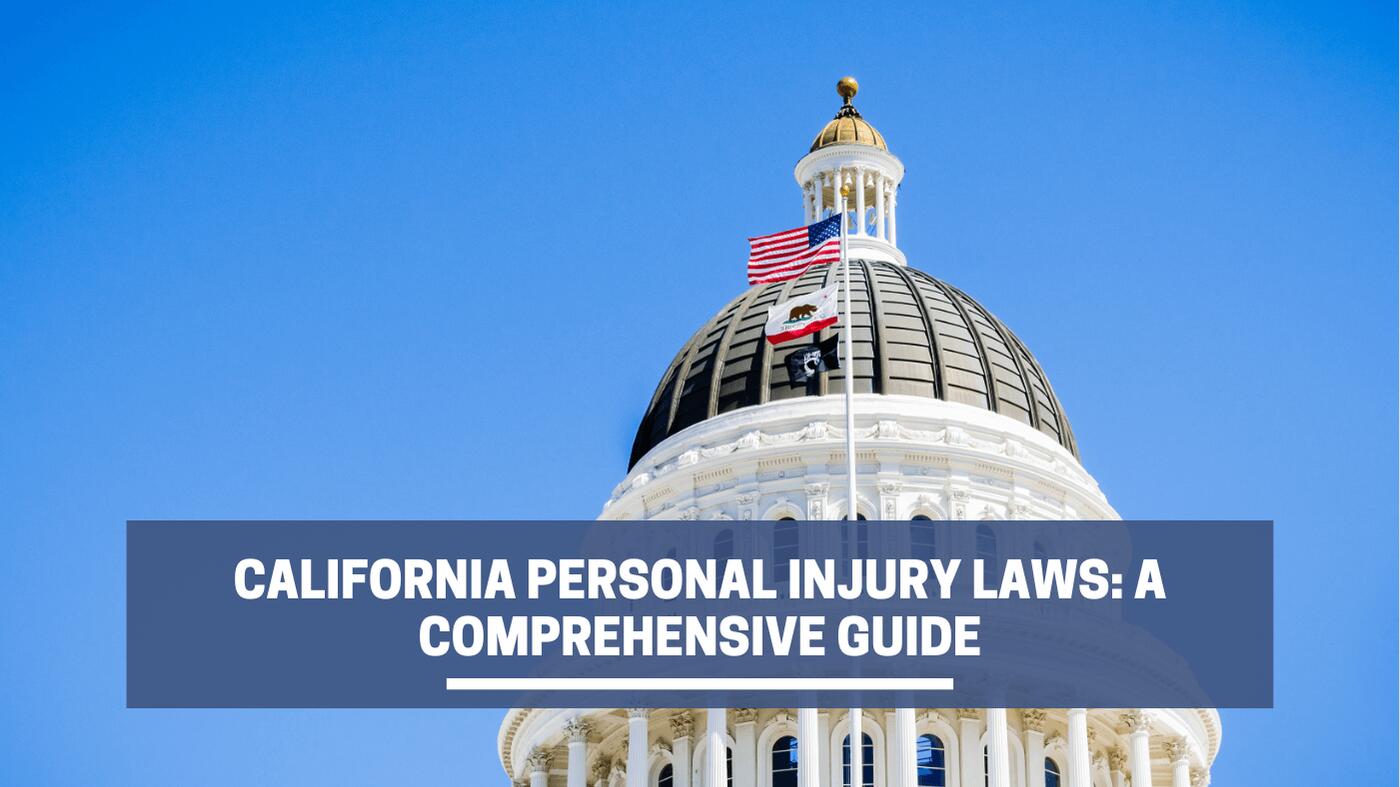Complex Regional Pain Syndrome (CRPS) is a debilitating neurological condition affecting around 200,000 people in the U.S. Often triggered by an injury, it disrupts how the nervous system processes pain and sensory input. Those with CRPS often experience persistent, intense pain, swelling, and hypersensitivity, affecting their physical and emotional well-being.
For those in California suffering from CRPS due to someone else’s negligence—whether from a car accident, medical malpractice, or other trauma—seeking compensation can be a crucial step toward protecting their financial future. Learn how to seek legal guidance from a CRPS personal injury lawyer and how much they can help you win a CRPS lawsuit for your injuries.
What Is Complex Regional Pain Syndrome (CRPS)?
CRPS is a chronic condition that usually develops in a limb, like an arm or leg, after an injury, surgery, or traumatic event like a vehicle accident. The pain it causes often far exceeds what would be expected from the initial injury and lingers beyond the healing process.
For those with CRPS, it can disrupt daily life, turning simple tasks into challenges and making physical activities or work difficult to manage.
Common Symptoms of CRPS
CRPS symptoms can vary in intensity and duration but often include the following:
- Intense, persistent burning pain often described as unbearable
- Severe sensitivity to touch, where even light contact causes discomfort
- Noticeable swelling in the affected area, with fluid retention worsening pain and mobility
- Changes in skin appearance, such as blotchy, red, or bluish tones and unusual smoothness or dryness
- Stiffness, muscle weakness, and joint pain that limit movement in the affected limb
Types of CRPS
CRPS is divided into two categories based on its cause:
- CRPS Type 1. Previously known as Reflex Sympathetic Dystrophy (RSD), this type develops without a confirmed nerve injury. It accounts for about 90% of CRPS cases and is often linked to minor injuries like sprains or fractures.
- CRPS Type 2. Referred to as causalgia, this type of CRPS involves a clear and identifiable nerve injury. It typically arises from major trauma, such as a spinal cord injury, crush injury, or complications from surgery.
Causes and Triggers
The exact cause of CRPS remains uncertain, but it is linked to an abnormal nervous system response to an injury. Persistent pain signals may result from nerve damage, even after the body heals. Common scenarios linked to CRPS include:
- Car accidents. Vehicle collisions, from low-impact accidents to more serious head-on or T-bone crashes, can cause trauma that affects nerve pathways, potentially triggering CRPS.
- Surgical outcomes. Procedures involving nerves, such as those near the spine or limbs, may lead to complications contributing to its onset.
- Slip-and-fall injuries. Fractures, sprains, or deep bruising from falls can disrupt nerve function and lead to prolonged symptoms.
- Medical complications. Errors during surgeries or treatments, such as nerve damage from injections, can unintentionally result in CRPS.
Impact on Daily Life
CRPS can affect everyday life, making it difficult for individuals to handle basic tasks, maintain a job, or participate in activities they once enjoyed. The emotional strain can be just as overwhelming, with chronic pain often leading to anxiety, depression, and isolation.
If you’re living with CRPS, filing a CRPS lawsuit can be a vital step toward regaining stability and addressing the financial burdens this condition may bring.
What Are Typical CRPS Settlement Amounts?
Typical CRPS settlement amounts vary based on the specifics of each individual’s case. Like many personal injury claims, financial awards can range from thousands of dollars to over a million, depending on the severity of the injuries and the impact on the victim’s life.
Here’s a closer look at what could influence your complex regional pain syndrome payout:
Factor | Assessment | Impact on CRPS Lawsuit Settlement |
Severity of Symptoms | The intensity of pain, swelling, hypersensitivity, and how these symptoms affect daily life. | More severe symptoms often lead to higher compensation due to physical suffering. |
Medical Expenses | The total costs of treatments, therapies, surgeries, medications, and long-term medical care. | High medical expenses increase settlement amounts to cover past and future healthcare needs. |
Impact on Earning Capacity | The extent to which CRPS limits the ability to work or reduces future earning potential. | Reduced earning capacity can result in compensation for lost income and diminished career prospects. |
Quality of Life | The psychological toll of the condition and inability to enjoy personal or family activities. | Emotional and psychological damages can raise settlement amounts for loss of enjoyment of life. |
Strength of Evidence | Availability of medical documentation, expert testimony, and clear links between the injury and CRPS. | Strong, well-supported evidence can lead to more favorable outcomes in settlement negotiations. |
Future Needs | Anticipated costs for ongoing care, assistive devices, or adjustments to accommodate the long-term effects of CRPS. | Settlements often include financial support for future treatment and necessary accommodations. |
Challenges in Proving CRPS in Court
Presenting a solid legal case for CRPS type 2 settlement can be challenging due to the condition’s subjective nature, including:
- No definitive diagnostic test. CRPS is diagnosed through patient reports, physical exams, and imaging like MRIs or bone scans, all leaving room for interpretation.
- Subjective symptoms. Pain and hypersensitivity are difficult to quantify, often leading insurers or opposing attorneys to question their validity.
- Delayed symptom onset. Symptoms may not show up until weeks or months after the injury, making it harder to prove a direct link to the incident.
- Medical complexity. CRPS remains poorly understood, even among experts, and explaining it to a judge or jury often requires detailed expert testimony.
Steps To Strengthen a CRPS Lawsuit
Building a strong case requires detailed evidence and professional support from an experienced CRPS injury lawyer. Here’s how to increase the chances of a favorable settlement, whether in a car accident claim or CRPS court case:
- Gather all medical records. Keep detailed records of doctor visits, treatments, and prescriptions. Include test results like MRIs or bone scans and reports from specialists such as neurologists or pain management doctors familiar with CRPS. This builds a clear medical history to support your claim.
- Work with CRPS specialists. Seek guidance from medical specialists such as neurologists, pain management doctors, or rheumatologists with expertise in diagnosing and treating CRPS. These experts can demonstrate how your symptoms correspond to the condition and connect them to your original injury. Their professional testimony provides credibility and bolsters the strength of your case.
- Document your daily struggles. Keep a journal detailing how CRPS affects your daily life, such as difficulties completing tasks or coping with persistent pain. Ask family members, friends, or coworkers to provide written statements about how they have seen the condition affect your life.
- Track financial losses. Save documentation of lost wages, medical bills, and expenses for assistive devices or home adjustments. Clear proof of how CRPS affects your finances can help ensure your CRPS lawsuit verdict covers your economic losses.
- Include other expert opinions. Collaborate with vocational experts or life care planners to illustrate how CRPS affects your ability to work or handle daily activities over the long term. Their expertise can support your case and help secure compensation for future needs.
- Hire an experienced CRPS lawyer. Choose a qualified attorney with a background in CRPS cases. They know how to gather evidence, consult experts, and counter insurance tactics that try to downplay your claim.
Secure Your Future After a CRPS Diagnosis
Pursuing a CRPS lawsuit in California can feel overwhelming, but understanding what influences settlements, the challenges of proving the condition, and how to build a strong case can make the process more manageable. Working with an experienced CRPS personal injury lawyer and gathering detailed evidence strengthens your chances of recovering fair compensation.
With the right legal support and thorough preparation, you can hold those responsible accountable and move forward toward rebuilding your life.











